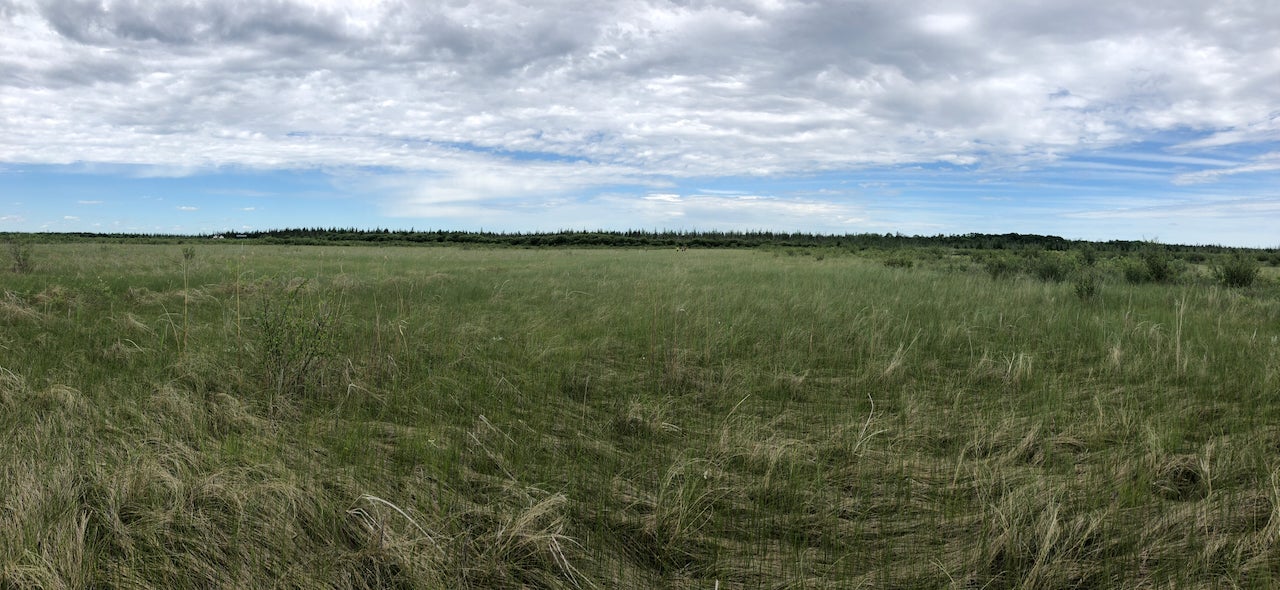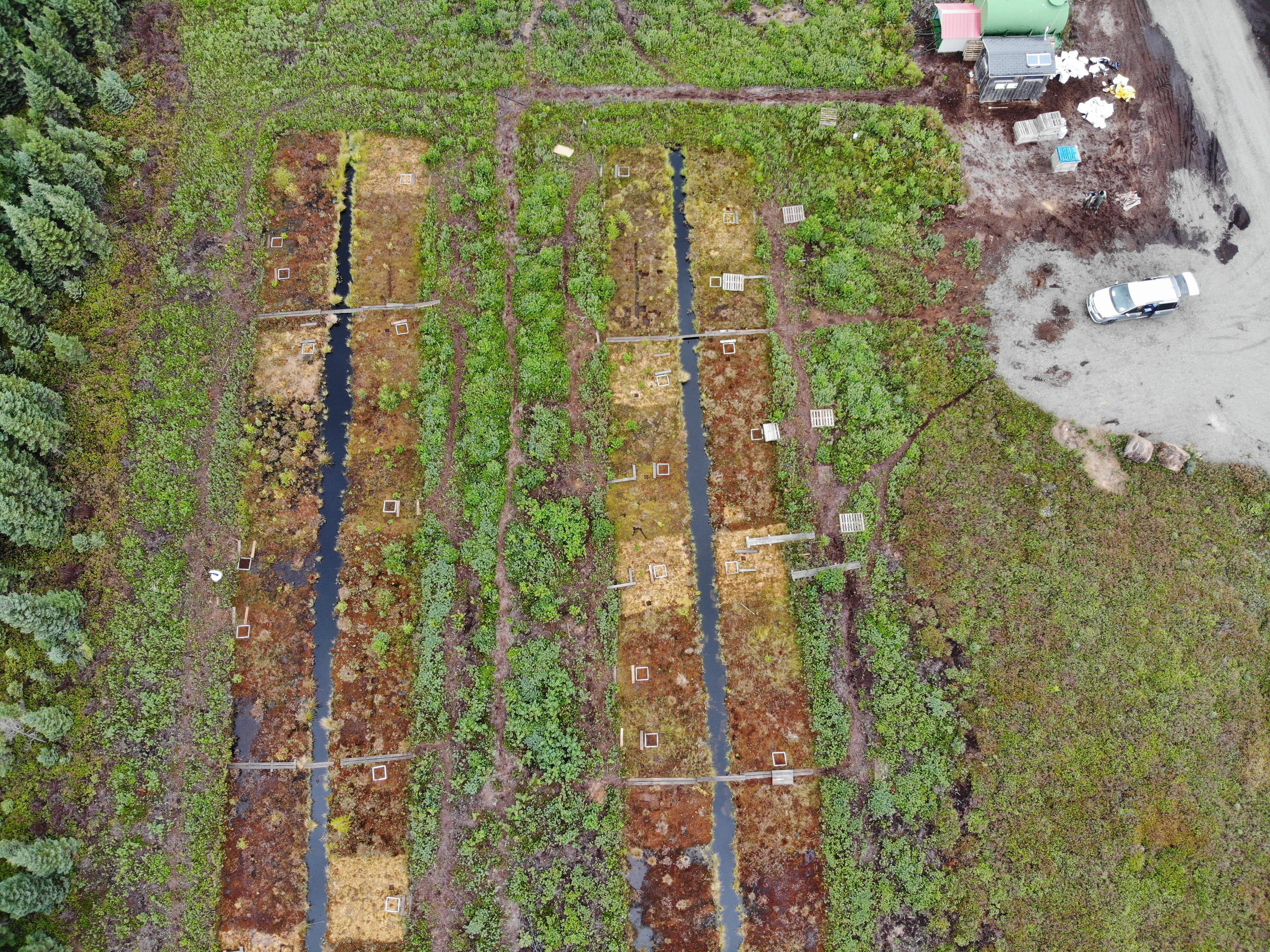By Jullian Souza Sone
Peatlands are the most common type of wetlands, consisting of thick soil layers of partially decomposed organic matter. These ecosystems cover 13 per cent of Canada’s land area, which corresponds to 27 per cent of the world’s peatlands. They provide essential benefits like clean water and food, flood protection, and habitat for a myriad of unique species. Peatlands are also one of the planet’s most effective carbon storage systems, holding about 60 per cent of Canada’s organic soil carbon. More details about Canadian peatlands can be found in the NRCAN database.
Despite their significance, peatlands are under threat. Land use activities such as agriculture, mining, and infrastructure development degrade these ecosystems, turning them from carbon sinks into carbon sources. Globally, this accounts for 5 to 10 per cent of anthropogenic carbon dioxide emissions. When peatlands are drained, greenhouse gases (GHG) emissions are emitted, which can persist for decades. Currently, one of the largest peatland complexes in the world, the Hudson Bay Lowlands, is at significant risk from mining projects, as it is located in Ontario’s mineral-rich Ring of Fire region.
Best Management Practices to Protect Peatlands
The responsible use and management of peatlands is essential for reducing greenhouse gas emissions and combating climate change. In the context of peatlands, Best Management Practices (BMPs) focus on minimizing environmental harm and reducing GHG emissions while balancing economic development.
For example, rewetting is one type of BMP that reverses the damage caused by peatland drainage (Figure 1). This process involves restoring stable water levels using techniques redirecting water into the site, building dams, or removing drainage pipelines. Rewetting is usually the primary focus in restoration efforts. More information on the general principals of rewetting can be found in the LIFE Peat Restore Project document and is based on results and experiences from a European project that aimed to reduce GHG emissions by 40% until 2023.

A rewetted fen in Manitoba (Picture taken by Maria Strack)
Paludiculture is another innovative BMP but is used predominantly in agricultural landscapes. It involves growing crops adapted to waterlogged conditions, such as cattails, Sphagnum species (Sphagnum farming, Figure 2). These plants can be used for making products such as mats, chair seats, nursery potting. Paludiculture also provides other ecosystem services, like flood control and reducing fertilizer runoff into rivers and lakes.

Figure 2: Sphagnum farming - an example of Paludiculture in Canada (Picture taken by Talal Asif)
Both BMPs work to preserve wet conditions, which helps peatlands resume their role as carbon sinks, contributing to climate change mitigation. For more information, please consult this review of paludiculture practices, published in 2021.
Overcoming challenges
While peatland restoration and conservation are promising nature-based climate solutions, putting these strategies into practice can be complex. Economic benefits often take precedence over environmental ones, and many peatland benefits, like clean water and biodiversity, don’t have a clear market value. As such, it is important for these issues to be discussed openly by various stakeholders that are involved in peatland management.
To move forward, we first need to awareness about the value of peatlands to ensure that the full scope of trade-offs is considered prior to land use change. Second, we need to develop a system that recognizes the public good that is derived from peatlands. These benefits are typically undervalued (or receive no value) in the existing economic system. While difficult to quantify, this presents an interesting research opportunity as a strategy for incentivizing the adoption of cost-effective peatland BMPs.
Peatlands offer a powerful opportunity to fight climate change while supporting biodiversity and providing economic benefits. Through the application of BMPs that protect and promote the sustainable use of peatlands, Canada can ensure these vital ecosystems remain a cornerstone of its climate strategy.